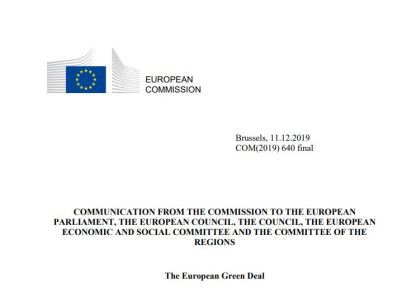Join getAbstract to access the summary!

Join getAbstract to access the summary!
European Commission
The European Green Deal
Communication from the Commission to the European Parliament, the European Council, the Council, the European Council Economic and Social Committee and the Committee of the Regions
European Commission, 2019
What's inside?
The “European Green Deal” white paper details how Europe can become carbon neutral by 2050.
Recommendation
The European Union, which comprises the world’s second-largest economy, has turned climate action into mainstream policy by publishing a detailed road map on how it aims to achieve carbon neutrality by 2050. Unlike the proposed US Green New Deal, which envisages making the United States carbon-neutral within 10 years, experts consider the European Green Deal to be a scientifically sound and achievable climate action plan. Certainly, the plan doesn’t lack in ambition. Yet should the EU succeed, it would send a powerful signal to the world that economic prosperity and environmental sustainability aren’t mutually exclusive.
Summary
About the Author
The European Commission is the executive branch of the European Union.

















Comment on this summary